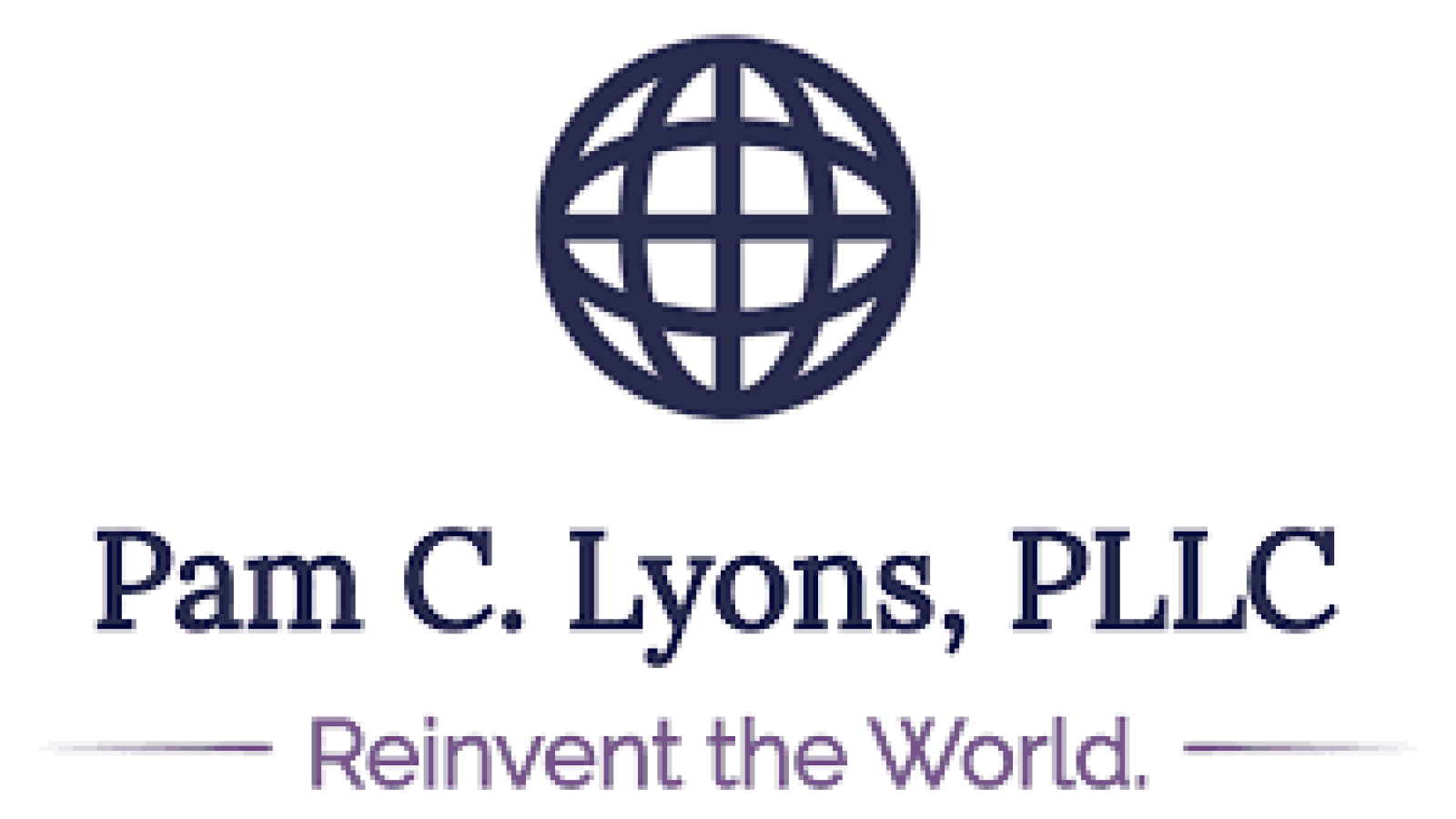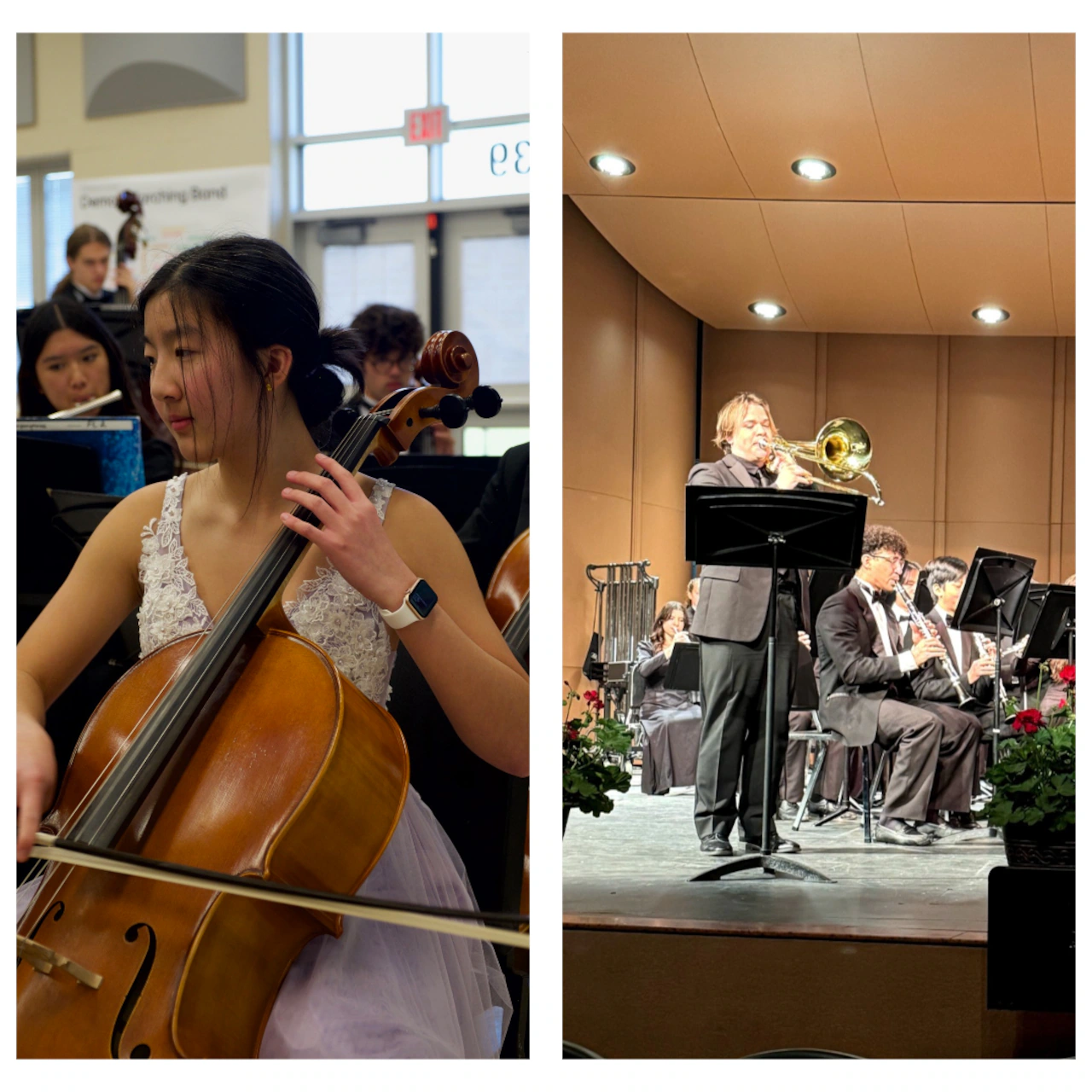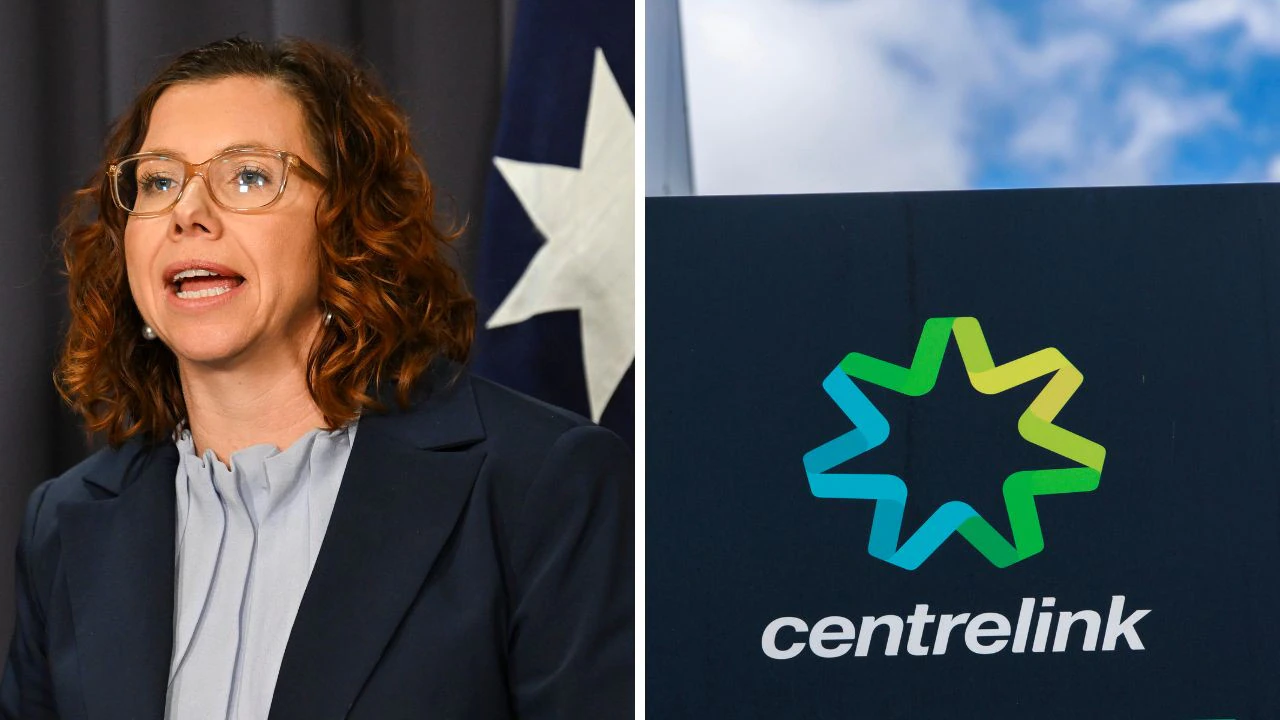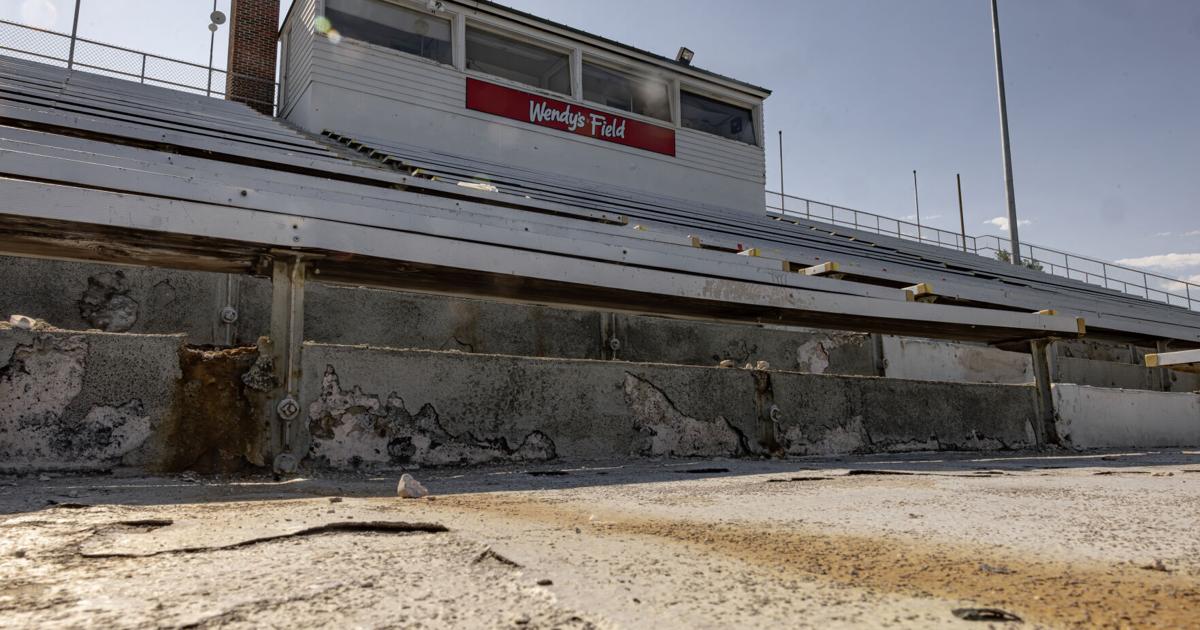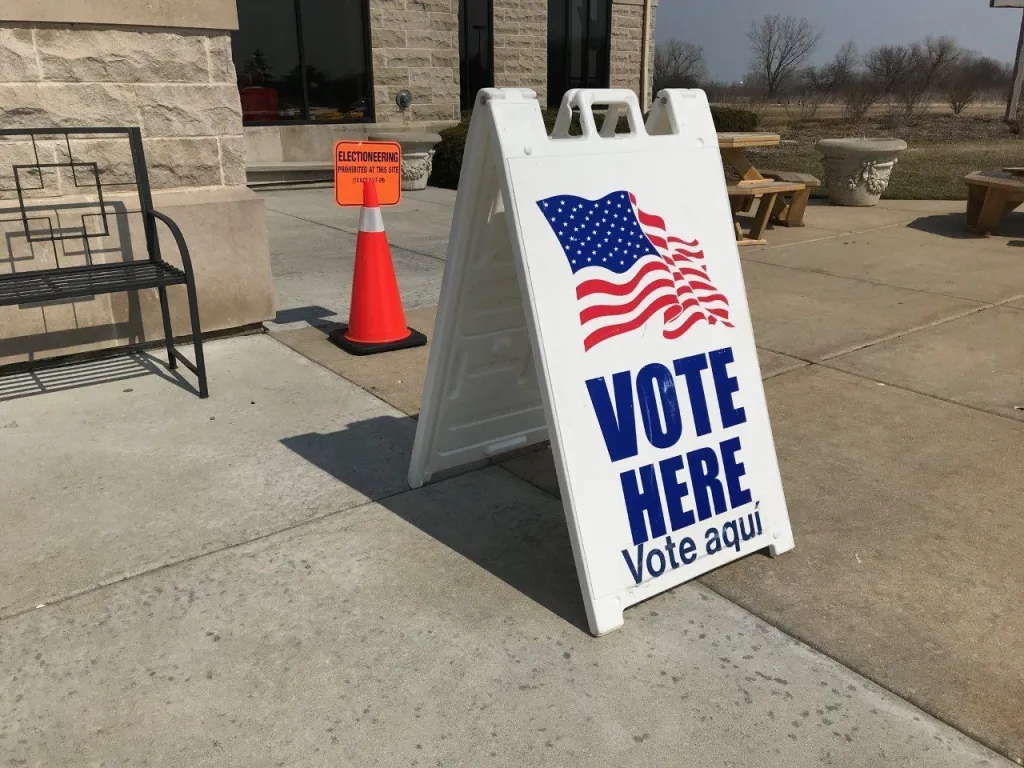
Voters in Lake County appear to have a thirst for learning about candidates for office and would not mind an opportunity to cast a ballot for their second or third choice — which is known as ranked-choice voting — in the event their preferred pick falls short of a majority.
Lake County Clerk Anthony Vega said he can make some changes in voting procedures, but not others. He said his office can take direct action to help voters make a more informed choice. But, for things like ranked-choice voting, a state law is required and his ability to impact such a change would be limited to advocacy.
Ranked-choice voting and enhanced candidate information were among many subjects contained in the results of a voter survey released by the Lake County Clerk’s Office on Monday in Waukegan, indicating voters’ thoughts and ideas. It was not about specific candidates.
Approximately 2,000 people responded to the online monthlong survey taken in July. Other subjects included general voting experiences, ease or challenges of voting, using the equipment, accessibility, poll worker performance, preference of voting method and more.
One thing Vega learned is that some people taking the survey wanted to see things implemented that were already a part of standard procedure. He said the perceived lack of information is something he hopes can be remedied quickly.
“We were really surprised that people asked for things we’re already doing,” he said. “It means our team is going to have to do a better job of communicating. We need to do more education on the process. We have to do a better job of messaging to our customer, the voter.”
A question on the survey dealt with ranked-choice voting, which is done in some states but not in Illinois. Vega said rather than voting for one individual, residents rank their choice of candidates from their top pick to the least-desired candidate.
Though the voter is free to vote for only one of their choices, Vega said when the votes are counted, if the leader does not have more than 50%, votes are tabulated again removing the lowest vote-getter and reapportioning the choices until one of the candidates has more than 50%.
Of the people who offered an opinion on ranked-choice voting, 42.9% want to see it implemented, 23.9% are opposed and 33.2% were neutral. Of those who favor it, 28.6% are in full support and 14% are somewhat favorable. Among those against, 15.5% are firm in their opinion, and 8.3% are somewhat opposed.
“I was surprised at the number of responses we got for ranked-choice voting,” Vega said. “It was very favorable. It shows our voters are engaged and care about the process. They see a place for ranked-choice voting.”
Sitting on Gov. J.B. Pritzker’s Ranked Choice Voting Task Force, Vega said the process can only come to the state if the Illinois General Assembly passes a law and the governor signs it. Nevertheless, it gives him a platform to advocate.
Creating the system is not easy here. Vega said Illinois has 102 counties and six other election commissions, meaning each time voters go to the polls here, there are essentially 108 different elections. It would take a lot of procedural effort in some places.
“Things can pivot very quickly, but some (counties) would have to modernize their election systems with a capital investment,” he said. “We could pivot quickly, but that is not the situation in some counties.”
Vega said more than 700 people responded to a request for additional suggestions. Of those who answered the free-form question, around 50 wanted more information on candidates to help them decide who gets their vote.
“They all wanted more information in some form,” he said. “Some wanted candidate forums, others wanted links to websites. They all wanted candidate information to be more easily accessible.”
Providing more information on candidates is something Vega said his office can do. It will take some research to determine the best way. Those who suggested it wanted to see straightforward material that is not politicized. A link to a candidate’s website was mentioned.
“They would like to see something like to see an official campaign statement and something about their qualifications,” he said.
Other respondents wanted to add requirements to voter registration. Now, Vega said, only two forms of identification are required, one with a current address. Though not questioned at the time of registration, a voter must be a U.S. citizen. citizen and a 30-day resident of their home precinct.
“People seem to be in favor of it,” he said. “There is a federal bill (under consideration) that would require a passport, birth certificate or a naturalization certificate.”
More than half the respondents, 50.3%, believe there should be proof of citizenship, while 33.2% do not believe it is necessary and 16.4% are neutral. Of those supporting the idea, 33.7% are in full support and 16.6% somewhat supportive. Of those opposed, 21.6% are very negative to the idea and 11.6% somewhat against.
Of the nearly 2,000 respondents, the overwhelming number prefer to vote by mail, at 40%, or cast their ballot early, 40%, while 19% want to go to the polls on election day, and 1% did not give a preference.
Several suggestions were made about vote-by-mail drop boxes, concerns were expressed about electioneering near voting locations, 95% were pleased with their poll workers, 89% of those who voted by mail were satisfied with the procedure and 93% did not encounter physical barriers.
